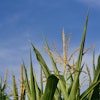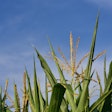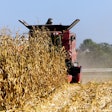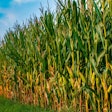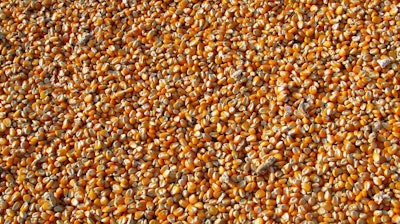
The National Agricultural Statistics Service (NASS), under the United States Department of Agriculture (USDA), released its latest reports on August 1, 2024, providing an in-depth look at grain crushings and oilseed production for June 2024.
Grain crushings and co-products production
- Total corn consumption in June 2024 stood at 495 million bushels, marking a 3% decrease from May 2024 but showing a slight increase from June 2023.
- Of the total corn used, 91.6% was allocated for alcohol production, with 442 million bushels used for fuel alcohol, reflecting a 3% decrease from May yet a slight uptick from the previous year.
- Beverage alcohol consumption from corn rose by 8% since May but saw a 25% drop year-over-year.
- Production of distillers dried grains with solubles (DDGS) fell by 10% from May but remained stable compared to June 2023, totaling 1.79 million tons.
- Distillers wet grains output also decreased by 8% from May and 14% from the previous year, totaling 1.12 million tons.
- Corn gluten feed production from wet milling processes experienced a 1% increase from both May 2024 and June 2023.
Oilseed crushings, production, consumption and stocks
- Soybean crushing for crude oil resulted in 5.51 million tons, a decrease from May's 5.75 million tons but an increase from 5.24 million tons in June 2023.
- Crude oil production from soybeans amounted to 2.18 billion pounds, reflecting a 4% decrease from May but a 5% increase year-over-year.
- Once refined soybean oil production saw a 4% decrease from May and a slight 1% decrease compared to June 2023.
- Canola crushing surged with 198,005 tons crushed, significantly up from 143,469 tons in May and from 158,305 tons the previous June.
- Canola crude oil production rose dramatically by 38% from May and 25% year-over-year, totaling 160 million pounds.
- Production of once refined canola oil in June increased by 28% from May and by 9% from the previous year.
The USDA’s detailed reports underscore fluctuations in production and consumption within the grain and oilseed sectors, attributing changes to varying market conditions and seasonal impacts. The data serves as a crucial tool for industry analysts and participants in forecasting and planning for the agricultural market.

